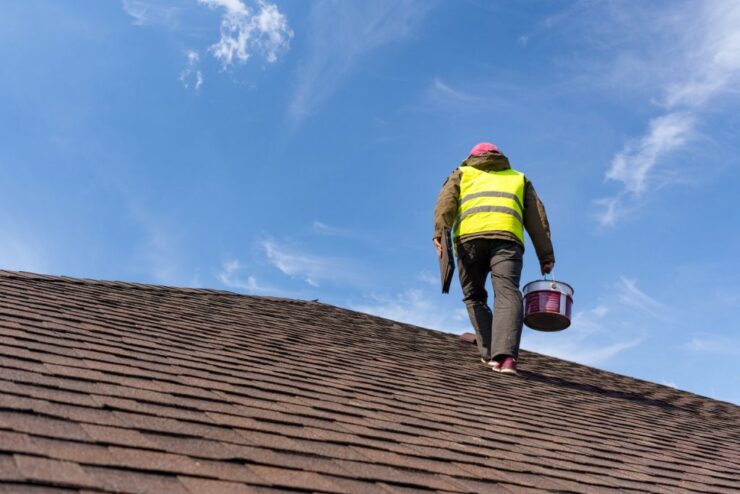Your roof serves as the silent guardian of your home, steadfastly sheltering it from nature’s furies. This architectural marvel, however, isn’t impervious to the onslaught of time and elements. The importance of maintaining a healthy roof cannot be understated. Acting as your home’s frontline defense, it keeps interiors dry, protects structural integrity, and even contributes to energy efficiency.
Sadly, many homeowners tend to overlook roof care, only to be hit with significant repair costs later on. Neglected roofs can culminate in expensive woes like water ingress, mold propagation, and compromised structural integrity. Thus, investing time and resources into roof maintenance isn’t just smart—it’s essential for your home’s longevity.
Regular Inspections
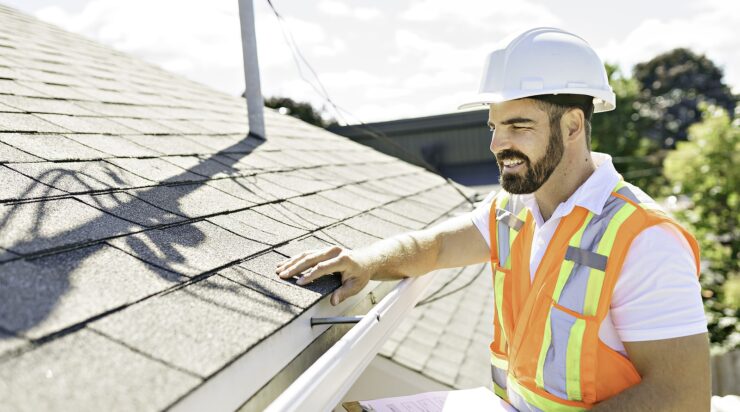
The adage, “Prevention is better than cure,” holds especially true for roofs. Waiting for a visible problem to arise might already mean that substantial damage is done. This is what makes periodic roof inspections invaluable. By proactively checking the state of your roof, you are warding off potential disasters in the making. For best results, homeowners should have their roofs inspected at least twice a year—once as winter thaws and again when autumn leaves fall.
These transitions are optimal because they can reveal how the roof holds up under summer’s heat or winter’s cold. Additionally, if you’ve experienced severe weather phenomena, like a hailstorm or hurricane, a post-event inspection is crucial. Not all damages are immediately evident, and what might appear as minor surface damage could be symptomatic of deeper structural issues.
Signs of Roof Damage
Being a diligent homeowner means staying a step ahead of potential problems. This proactive approach necessitates knowing what warning signals to watch out for. Roof damage often has telltale signs:
Loose or missing shingles: This isn’t just about aesthetics. Every missing shingle is a potential breach, inviting water and pests.
Curling or buckling shingles: Often indicative of more significant underlying problems, these could point to trapped moisture or inadequate ventilation.
Granules in the gutter: An excessive amount signals that your shingles might be nearing the end of their lifespan.
Water stains on the ceiling or walls: While they might appear benign at first, they could be red flags pointing to insidious leaks that can rot wood and encourage mold growth.
Visible light through attic boards: This immediate concern indicates gaps or holes, and it’s only a matter of time before water seeps through.
Cleaning Your Roof
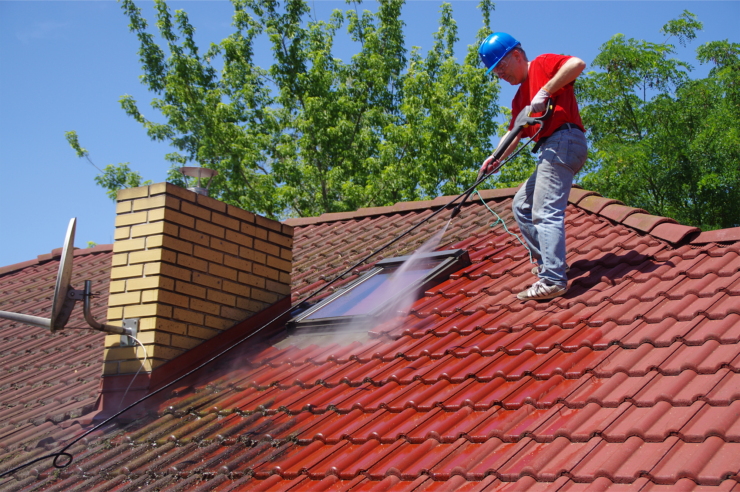
Dirt, debris, and natural elements relentlessly assault your roof. Over time, these can culminate in a buildup that not only diminishes your home’s curb appeal but also hastens roof decay. Regularly cleaning your roof is akin to giving it a fresh lease on life. Algae, moss, and lichen, if left unchecked, can cause shingles to lift or degrade. Similarly, organic matter like leaves can trap moisture, becoming hotbeds for mold growth and wood rot.
For asphalt shingles, using a gentle brush with a long handle can help dislodge debris without causing damage. Metal and tile roofs might require specialized cleaning agents to prevent corrosion or surface degradation. When cleaning, always work from the top downwards to avoid pushing debris under the shingles. Consider soft washing over pressure washing; the latter, if done incorrectly, can strip away granules or damage shingles. If you’re not up to the task maybe roofing in Houston Texas can be of help.
Gutter Maintenance
Gutters and roofs share a symbiotic relationship. While roofs protect homes from overhead precipitation, gutters channel this water away from the foundation. Clogged gutters, however, can spell doom for your roof. When debris accumulates, it obstructs water flow, causing it to pool. This stagnant water can seep into roof sheathing and structural elements, causing rot and mold growth. Regularly cleaning your gutters—especially during fall when leaves are aplenty—is critical. Also, ensure they’re adequately aligned, and downspouts direct water away from the home’s foundation.
Ignoring gutter maintenance can lead to costly repairs. Blocked gutters force water to spill over the sides, damaging your home’s siding, landscaping, and foundation. In winter, trapped water can freeze, creating ice dams that weigh down and damage gutters. Install gutter guards to minimize debris buildup. Inspect and repair any leaks or holes promptly to maintain optimal gutter performance. Remember, a well-maintained gutter system not only protects your home but also preserves its value and curb appeal. Act proactively to prevent minor issues from escalating into major, expensive problems. If you’re in need of a gutter inspection and maintenance please visit here: Drywall Repair St Louis.
Trim Overhanging Branches
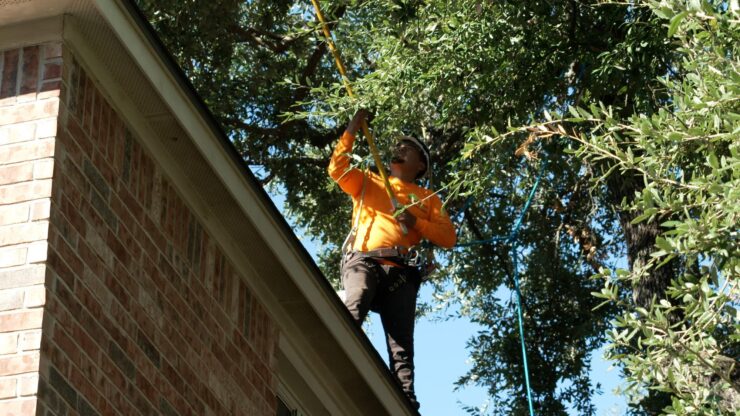
Nature’s beauty is undeniable, but when trees get too cozy with your roof, problems arise. Overhanging branches act as highways for pests like rodents and squirrels. Moreover, during storms, these branches can scrape against shingles, stripping them of their protective granules or causing breakage. In worst-case scenarios, weak branches can break off, causing significant roof damage. Regular tree maintenance, including trimming branches that pose threats, ensures your roof’s safety and longevity.
Proper Attic Ventilation
The importance of attic ventilation transcends just summer heat mitigation. Proper ventilation ensures consistent airflow, which prevents moisture buildup and condensation—a silent enemy of wooden structures. In winters, adequate ventilation can prevent ice dams—a result of melting snow refreezing at the roof’s edge, leading to leaks. Ensure your attic has a balance of intake (soffit) vents and exhaust vents. Routinely check for blockages and ensure insulation doesn’t obstruct airflow.
Addressing Shingle Issues
Shingles are your roof’s armor. Damaged or missing shingles expose the underlayment and sheathing to the elements. Wind can lift or tear shingles, and hail can cause bruising. Periodically check for shingle anomalies. While individual shingle replacement is feasible, a patchy roof might indicate broader underlying issues or signal that your roof is nearing the end of its service life.
Flashing and Sealing
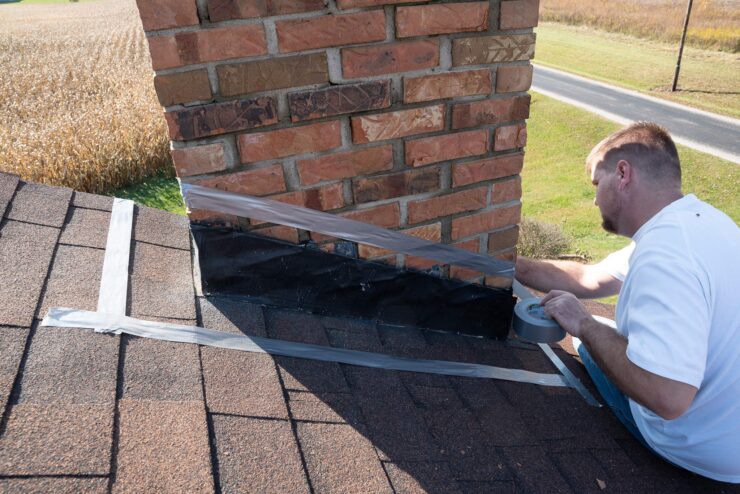
Flashings—the metal installations around vents, chimneys, and roof intersections—are critical water diverters. Over time, they can corrode, loosen, or break, becoming entry points for water. Regularly inspect flashing conditions and ensure they’re sealed correctly. Quality sealants can make the difference between a watertight home and a leaky disaster.
Dealing with Moss and Algae
While moss and algae might give roofs an old-world charm, they’re disastrous in the long run. Their root systems can lift shingles, and their moisture-retentive nature can cause wood rot. Invest in zinc or copper strips at the roof’s peak—they shed metal particles during rains, creating an environment inhospitable for these growths.
Winter Roof Care
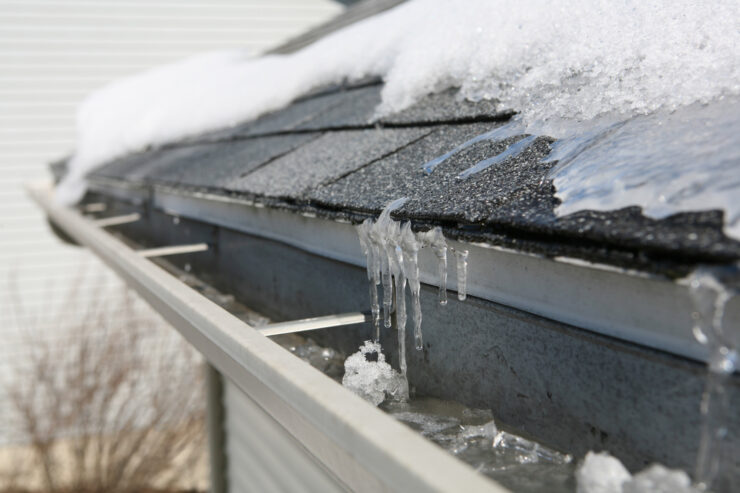
Winter brings unique challenges: snow accumulation, ice dams, and freeze-thaw cycles. Ensure your attic’s insulation is up to the mark to prevent heat escape, which can melt snow. Regularly clear accumulated snow using roof rakes.
Hiring a Professional
While DIY spirit is commendable, roofs are complex structures. Sometimes, a professional eye can spot things that untrained eyes might miss. If unsure about any roof issue, always consult with a roofing specialist. When hiring, check for their certifications, reviews, and ask for references.
Conclusion
Your roof is an unsung hero, and its care is paramount for your home’s wellbeing. Regular inspections, timely interventions, and proactive care can ensure it serves you effectively for decades. Prioritize your roof’s health and, by extension, protect your abode from potential disasters.

